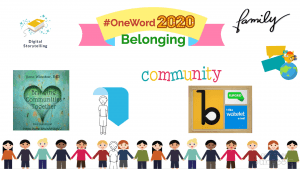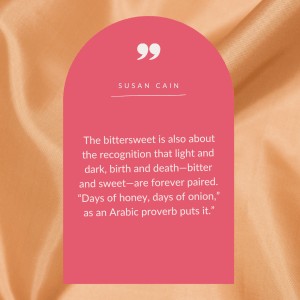This feeling has been coming on for a while. I knew it was coming, and I tried to prepare myself, but there was little I could do. As I write this post, I can feel the tears welling up in my eyes, my heart broken in two💔. I could force myself to ignore these feelings, but I know they will just get worse. So, I decided I needed to share it with someone. I’m sharing it with you. I think I’ll feel better after I share it. I wanted to say it, so I sat in front of my phone camera, trying to do a live Instagram video, but I couldn’t hit the button to start it.
A few days ago, the buyers closed on my mom’s condominium. My place of belonging in Buffalo, N.Y., is gone. The reality still pains me as I write this.
My feelings began years ago. For those of you who know me, you’ve heard about my long estrangement from my family and the years of hard work it took to rebuild my relationship with my mother. After we reconciled, and from 1989 until July 2024, my mom’s house was my second home. Sometimes, it felt like my first home. It’s where I spent most summers, including in 2006 when I was her caregiver after complications from quadruple bypass surgery and the first two months of COVID in 2020. It was my belonging place. I was so blessed that I had two homes where I felt an intense and deep sense of belonging. Yarmouk, Kuwait, and Hamburg, NY.
Now, I only have one. Of course, I will return to visit my family and friends who live in the area. I’ll enjoy reconnecting with them, and Buffalo will always be my hometown, regardless of where I live. But my belonging place is gone now. My parent’s house in the Four Seasons development was sold in 2015 to buy a ranch-style condominium to ensure that my very independent 92-year-old mother had a place where she could continue living on her own. And she did…until April 9, 2024, when she was admitted to the hospital with complications related to congestive heart failure. Although her feisty self never accepted that her almost 100-year-old body was beginning to fail her, she continued to amaze her family, friends, and the medical staff with her ability to get back on her feet, so to speak. However, her life was slipping away, and she left us early on May 28th.
The first indication that my mother was gravely ill was my sister’s phone call to me on April 10th telling me she was in the hospital. I immediately made plans to fly to Buffalo and arrived on April 20th. I stayed at the condo, her house, as I always did when I visited Buffalo. Except this time, I ate alone, entered, and left an empty condo to visit her every day. As I entered her condo after leaving the hospital on May 28th, I looked around. I knew her place in every detail. After all, I helped her downsize and move in 2015, and I stayed with her multiple times every year for several months at a time. But after Tuesday, May 28th, the emptiness felt different. Perhaps, I imagined she’d return, and we would resume our discussions about her memoir, politics, and, more often, the mundane realities of life. We’d eat all our meals together, but now she was never coming home. Never.
As May became June and then July, I began cataloging her almost 100 years of life and 60 years of marriage. All the while, I struggled to make sense of my feelings. I knew this day was coming; I was grateful for all my extra time with her. Many of my friends had lost their mothers years before. What was it about her house that was different now? I mourned the loss of my mother, but I felt a more profound hurt coming from a place I couldn’t make sense of initially. How could I be so upset about never being able to stay in her house again, to the point of crying whenever I mentioned it to my family or friends? And how did it sound to others, even people close to me? That I valued her house more than her presence?
Before I left her house, I sat with those feelings and tried to pinpoint where they were coming from. Then, I realized how much her home was related to my sense of belonging. She and I fought to create a relationship that brought joy in the years afterward. We understood each other’s perspectives and feelings. We loved each other to the moon and back, as she used to say. After much thought, I realized that my sense of belonging, a part of my identity, died with her, and her home was a symbol of all that we held in each other. After all, if we’re lucky, mothers nurture our sense of belonging.
My daughter lives in Boston, Mass, and my sister lives near my mother’s condo, but staying in their homes won’t have the same feeling of belonging as my mom’s house.
As I drove away the last day I stayed at her condo, I stopped the car on the driveway and looked through her front door. Many of her things were already gone to loving relatives and friends, to people who could use and appreciate them. But she was no longer there. I would no longer stay there with her. The days when we would have breakfast, lunch, and dinner together were gone. Our conversations about life, the state of the world, and the mundane events of the day as I sat on the sofa and she in her chair, were gone. Her wave goodbye as I’d leave after each visit, gone.
Now, I must accept that she is gone forever, and with it, for now, while I grieve, my sense of belonging.


















